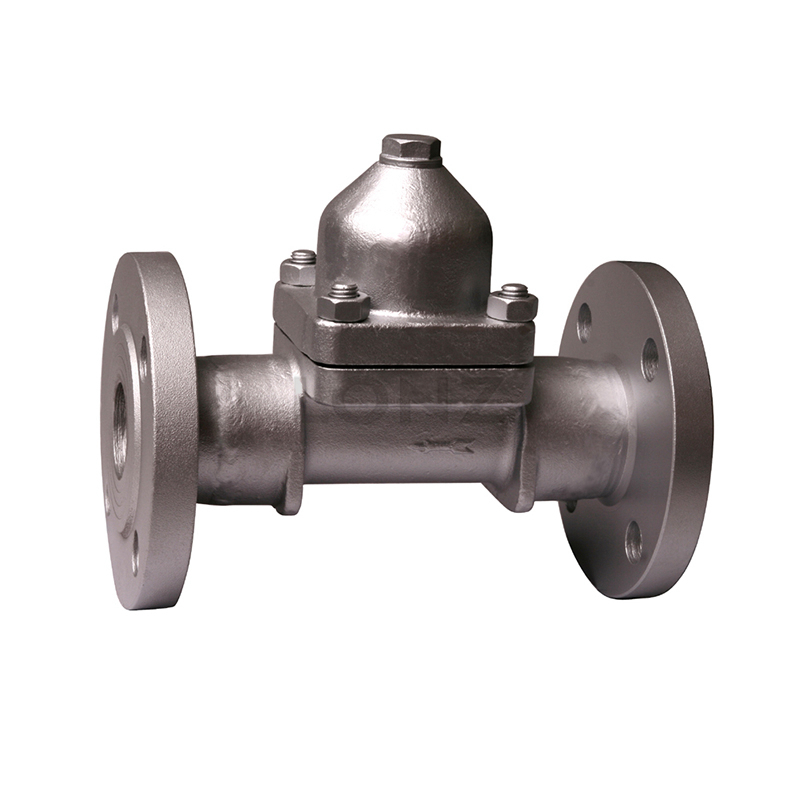Steam principle of steam trap
Steam traps play an important role in steam systems, and their working principles are based on the different properties and states of steam and condensate. Steam traps are mainly used to remove condensation water formed in steam pipes and keep the system dry and stable. Its working principle can be briefly summarized as follows:
1. Mixing state of condensate and steam: During operation in a steam pipeline, steam will mix with condensate due to the temperature difference of the pipe material and the condensation effect caused by the cooling of the steam. Condensed water in pipes will accumulate along the bottom of the pipe due to its high density.
2. Liquid level control: The float, buoy or funnel inside the steam trap controls the opening and closing of the valve core by detecting the difference in specific gravity of two different substances, condensed water and steam in the pipeline. When condensate in the pipeline accumulates to a certain level, these detection devices will sense changes in the level.

3. Discharge condensation water: When the liquid level detection device senses that the accumulation of condensation water in the pipeline reaches a certain level, the steam trap will automatically open to discharge the condensation water in the pipeline. This can prevent condensation water from corroding steam equipment and pipelines while keeping the inside of the pipelines clear.
4. Steam recovery: In addition to discharging condensate, steam traps can also control steam recovery. In the closed state, the steam trap can prevent the leakage of steam and ensure the effective use of steam in the pipeline.
In general, steam traps can achieve automatic discharge and recovery of different components by detecting liquids and gases of different properties in pipelines. Its working principle is based on the density and property differences of steam and condensate, as well as the liquid level changes inside the pipeline, thereby ensuring the normal operation of the steam system.


